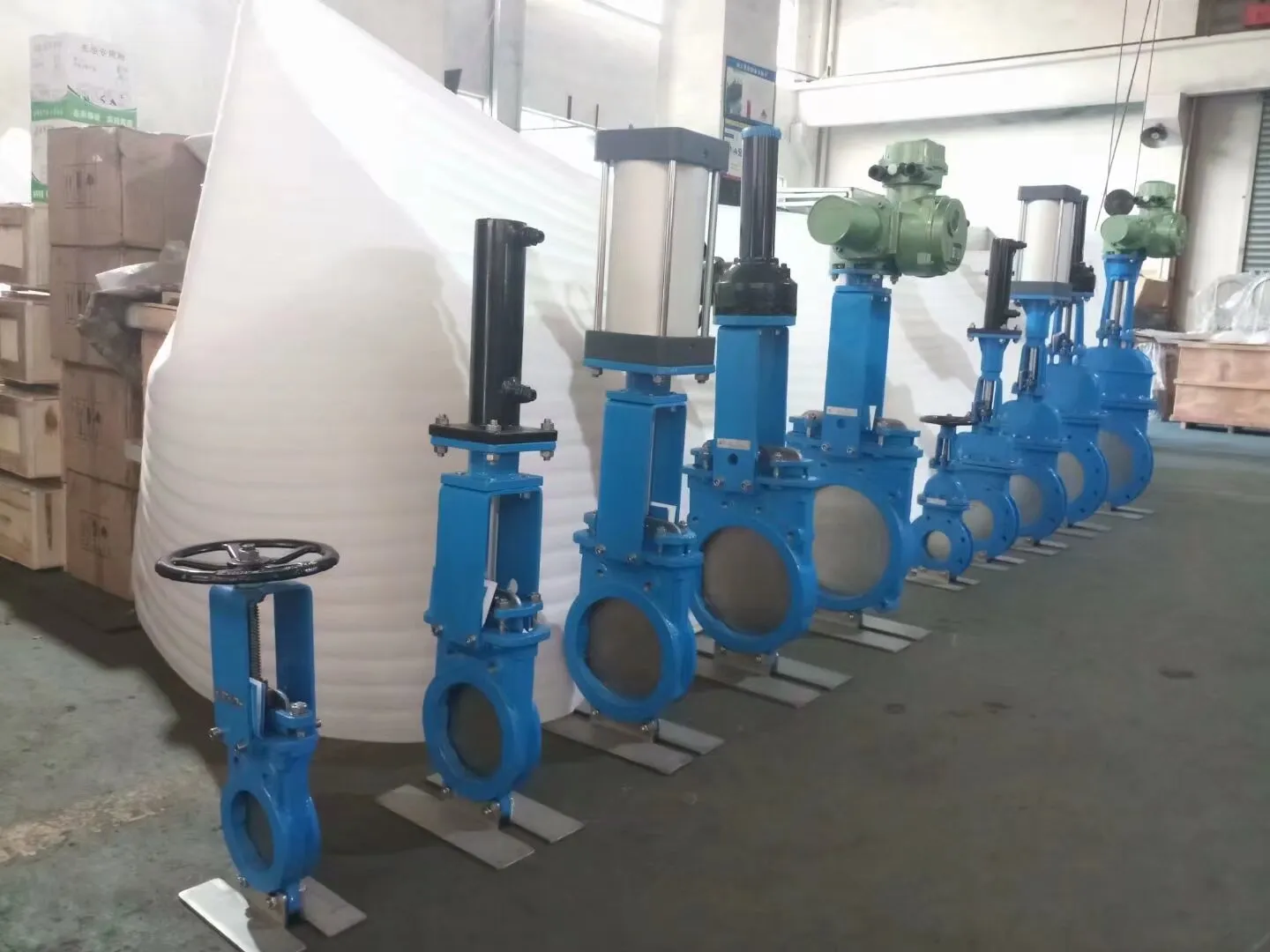electric actuator force control
Force Control in Electric Actuators Principles and Applications
Electric actuators are pivotal components in modern automation systems, translating electrical energy into mechanical motion. They are widely used in various industries, including manufacturing, aerospace, automotive, and robotics, due to their precision, efficiency, and versatility. One of the critical aspects of electric actuators is force control, which ensures that the actuator exerts the desired force to perform specific tasks effectively.
Understanding Electric Actuator Force Control
Force control refers to the ability of an actuator to maintain or regulate the force exerted on a load throughout operation. Unlike position control, which only focuses on moving to a specific location, force control aims to optimize the interaction between the actuator and the workpiece. This capability is crucial in applications where the accuracy of force is imperative, such as in assembly operations, material handling, and robotic manipulation.
Electric actuators, particularly those with servo motors, can achieve precise force control through advanced control algorithms. These algorithms often rely on feedback mechanisms, where sensors measure the actual force applied and relay this information to the controller. The controller then adjusts the actuator’s input to maintain or change the force as required.
Principles of Force Control
The fundamental principles of force control involve several key elements feedback, dynamics, and control strategies.
1. Feedback Force sensors, such as strain gauges or load cells, are commonly used to provide real-time information about the force being exerted. By continuously comparing the measured force to the desired setpoint, the control system can make necessary adjustments to maintain the target force.
2. Dynamics Understanding the dynamics of the system is crucial for effective force control. The actuator must account for factors such as inertia, friction, and load characteristics. This dynamic modeling allows for more accurate predictions of the actuator's behavior, enabling smoother and more responsive operation.
electric actuator force control

3. Control Strategies Different control strategies can be employed, including PID (Proportional-Integral-Derivative) control, adaptive control, and model predictive control. PID control is the most commonly used method due to its simplicity and effectiveness in a wide range of applications. However, in more complex systems where varying conditions are present, adaptive control methods may be necessary to adjust parameters in real-time.
Applications of Force Control
The application of force control is extensive and continues to grow with advancements in technology. Some notable applications include
- Robotic Grasping In robotics, precise force control is essential for grasping objects without causing damage. An electric actuator equipped with force feedback can modulate grip strength, ensuring delicate items are handled gently while securely holding heavier objects.
- Quality Control in Manufacturing Electric actuators with force control can be used in processes such as pressing or joining components. By controlling the force applied during these processes, manufacturers can minimize defects and improve product consistency.
- Material Testing and Research In laboratories, force-controlled electric actuators are often used in material testing. They can apply a controlled load to specimens, allowing for the assessment of material properties and behaviors under various conditions.
Conclusion
In summary, force control in electric actuators plays a crucial role in enhancing automation capabilities across various industries. By incorporating advanced feedback mechanisms and dynamic modeling, these systems can achieve precise force application, improving the reliability and efficiency of operations. As technology continues to evolve, the integration of sophisticated force control systems in electric actuators will remain a key area of development, driving innovations in automation and robotics. With the emphasis on precision and adaptability, the future of force control in electric actuators looks promising, paving the way for even more advanced and capable systems.
-
The Key to Fluid Control: Exploring the Advantages of Ball Valves in Industrial SystemsNewsJul.09,2025
-
The Versatile World of 1, 2, and 3 Piece Ball ValvesNewsJul.09,2025
-
Stainless Steel Ball Valves: The Ideal Choice for Efficient Flow ControlNewsJul.09,2025
-
Optimizing Fluid Control with Ball Float ValvesNewsJul.09,2025
-
Manual Gate Valves: Essential for Control and EfficiencyNewsJul.09,2025
-
Everything You Need to Know About Butterfly ValvesNewsJul.09,2025
-
The Versatility of Wafer Type Butterfly ValvesNewsJul.08,2025




